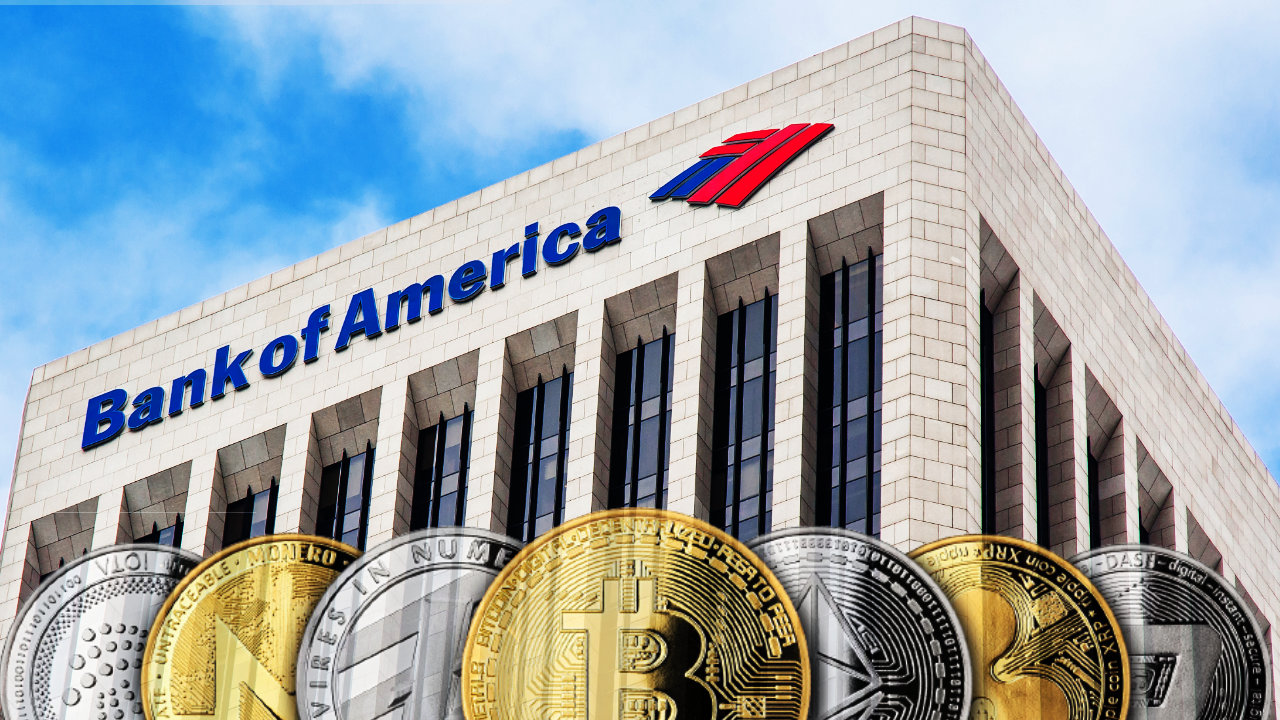
Unveiling the Mystique of Bitcoin Whales: Understanding Market Movers
Bitcoin whales have become a significant talking point in discussions about cryptocurrency, particularly when we consider how they can influence market dynamics. These massive holders of Bitcoin, with their vast reserves, command a distinct power in a marketplace characterized by rapid fluctuations and intense volatility.
 The influence of Bitcoin whales on the market cannot be overstated.
The influence of Bitcoin whales on the market cannot be overstated.
What Exactly is a Bitcoin Whale?
In the investment community, a “whale” is often described as a market participant capable of moving prices through substantial buying or selling actions. In the realm of cryptocurrencies, this term takes on a strong connotation as it refers to a single wallet holding an immense amount of Bitcoin—typically defined as 100 Bitcoins or more. Given Bitcoin’s prominence with a market cap soaring over $609 billion, understanding these whales is essential for any crypto trader.
The ability to track Bitcoin ownership via a public ledger gives insight into the massive crypto wallets that hold significant amounts of Bitcoin. This unique factor makes it intriguing that a small cluster of investors controls a significant proportion of Bitcoin supply.
The Gravity of Ownership: A Closer Look
Recent studies have illuminated the concentration of Bitcoin ownership, revealing that roughly one-third of all Bitcoins are in the hands of just 10,000 investors worldwide. This observation adds weight to the idea that Bitcoin whales can wield substantial influence over market prices, particularly in the short term. When these whales decide to buy or sell considerable amounts of Bitcoin, their actions can ripple through the marketplace, momentarily raising or lowering prices.
To illustrate, when a whale plunks down pennies to snap up Bitcoin, they reduce the available supply on the market, effectively driving up prices. On the flip side, selling activity can flood the market with excess Bitcoin, resulting in a price dip. This seesaw effect plays a critical role in the ever-shifting crypto landscape.
Who Are the Bitcoin Whales?
Though the specifics surrounding the identities of Bitcoin wallet owners remain somewhat enigmatic, we do know some of the notable figures involved in this digital gold rush. For instance, Satoshi Nakamoto, whose legacy looms large in the Bitcoin ecosystem, is often cited as one of the biggest whales. Additionally, industry leaders like Michael Saylor of MicroStrategy and Brian Armstrong of Coinbase are known for their significant holdings.
Adding to this stratum are figures such as Elon Musk, whose social media presence has been known to send waves through Bitcoin prices based on mere tweets. However, the exact size of his investments remains a matter of speculation, further adding to the intrigue surrounding Bitcoin whales.
The Top Players in the Whale Game
While transparency has its limits, some estimates churn out figures related to the largest crypto wallet holders. For instance:
| Bitcoin Wallet Address | Number of Bitcoins Held | Value (as of May 31, 2022) | Percent of Total Bitcoins |
|---|---|---|---|
| 34xp4vRoCGJym3xR7yCVPFHoCNxv4Twseo | 252,597 | $8.08 billion | 1.33% |
| bc1qgdjqv0av3q56jvd82tkdjpy7gdp9ut8tlqmgrpmv24sq90ecnvqqjwvw9 | 7168,010 | $5.37 billion | 0.88% |
| 1P5ZEDWTKTFGxQjZphgWPQUpe554WKDfHQ | 127,874 | $4.09 billion | 0.67% |
| 3LYJfcfHPXYJreMsASk2jkn69LWEYKzexb | 116,601 | $3.73 billion | 0.61% |
| bc1qazcm763858nkj2dj986etajv6wquslv8uxwczt94 | 64,643 | $3.03 billion | 0.50% |
These staggering figures reflect the extent to which a handful of entities control Bitcoin’s supply and hence its price.
Should You Take Bitcoin Whales Seriously?
As a cryptocurrency trader, the activity of Bitcoin whales warrants attention. Their buying and selling stances offer valuable clues regarding potential price movements. However, it is crucial to remember that the volatile nature of cryptocurrency markets means that whale activity is just one piece of a larger puzzle.
For long-term Bitcoin investors, it may be less crucial to worry about the whims of a few affluent traders. Over time, Bitcoin’s valuation will ultimately hinge upon broader factors, such as its acceptance by both investors and businesses, as well as innovations within the blockchain technology sphere.
 Market dynamics can shift swiftly based on whale activity.
Market dynamics can shift swiftly based on whale activity.
In the end, understanding Bitcoin whales is less about being swayed by short-term fluctuations and more about recognizing their role in shaping the cryptocurrency’s future. The landscape of Bitcoin ownership and trading is punctuated by these powerful entities, and by keeping an eye on their behavior, we equip ourselves with a deeper understanding of what drives this ever-evolving digital economy.
Through engaging with the habits and transactions of these whales, investors can better navigate the complex waters of cryptocurrency trading, leading to informed decisions in this unpredictable yet thrilling sector.















